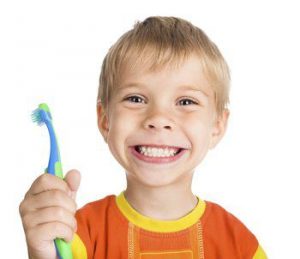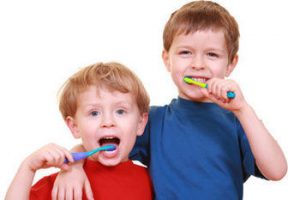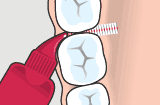- Where to buy ivermectin in Australia
- Ivermectin over the counter Australia
- Ivermectin buy online Australia
- Ivermectin tablets Australia
- Buy ivermectin for humans Australia
- Ivermectin for sale Sydney
- Ivermectin tablets
- Ivermectin tablets for humans
- Ivermectin coronavirus
- Buy stromectol Australia
- Stromectol over the counter Australia
- Stromectol Australia
- Ivermectin Price Australia
- Stromectol buy
- stromectol ivermectin
- buy stromectol online
- buy ivermectin for humans
- ivermectin for sale
Advice
Dental Advice
On this page you’ll find a wide range of advice on how you can improve the oral health of you and your family.
You may also find links to other pages on our website that are related.
Check this page again soon as new advice sections are added on a regular basis.
-
Brushing Your Teeth
-
Flossing
Brushing Your Teeth
Regularly brushing your teeth – twice a day, morning and night – is one of the simplest methods to reduce your risk of developing a wide range of dental problems including decay, gum disease and abscesses. However brushing will only help prevent these issues in areas which have been cleaned properly; any areas which are missed when brushing will remain at risk of disease.
Commonly, it is quoted that teeth should be cleaned for 2 minutes each time you brush. While this is a good starting point, in reality you should be cleaning for as long as it takes to ensure that each and every tooth is adequately cleaned. Often this will take at least 2 minutes to complete.
Areas that are commonly missed include your back teeth (especially if you have wisdom teeth) and the part of the teeth along the gum line. Furthermore, brushing does not clean in between your teeth at all, meaning that a large portion of each tooth is not cleaned when you brush. As a result, your regular cleaning routine should also include flossing or another method to clean in between your teeth.
Lastly, make sure that you are using a soft toothbrush and that you aren’t scrubbing too hard. Bacteria that sits on the teeth is only gently attached, which means that you only need to brush gently to remove it. Brushing too hard may in fact cause more damage to both the teeth and gums.
For more information on brushing technique click on the links below:
Flossing and Interdental Brushes
While regular brushing is crucial to preventing dental disease, brushing is unable to reach all the parts of the tooth. In particular, brushing cannot reach the areas in between teeth where dental decay and gum disease most commonly form. This means that another tool must be used to ensure all the parts of the tooth stay clean and free of bacteria.The two most common ways to clean in between your teeth are:
- Flossing: Floss is not just used when food gets caught between your teeth. Used when there is not much of a space between the two teeth, flossing is an excellent method to remove bacteria from between the teeth. Like any tool though, it is only effective when performed with the correct technique. Click here for more information about flossing technique. A common question that patients have is ”What is the best floss?”. The ‘best’ floss is the one that is used regularly. There are a number of different types of floss, but all are effective in removing bacteria and debris when used correctly. So the best floss for you will depend on your personal preferences.
- Interdental brushes: Also known as interproximal brushes, TePe brushes or Piksters, these brushes are very useful when there is a gap between two teeth, or if you have braces. Most patients find them easier to use in comparison to floss: For tips on how to use interdental brushes click here. It is important to ensure that correct size brush is used for each space as using a brush that is too large may damage the teeth and gums. Only light pressure should be required to guide the brush between two teeth: if excessive force is required then a smaller brush is needed.
Unlike brushing, you only need to clean in between your teeth each night.






